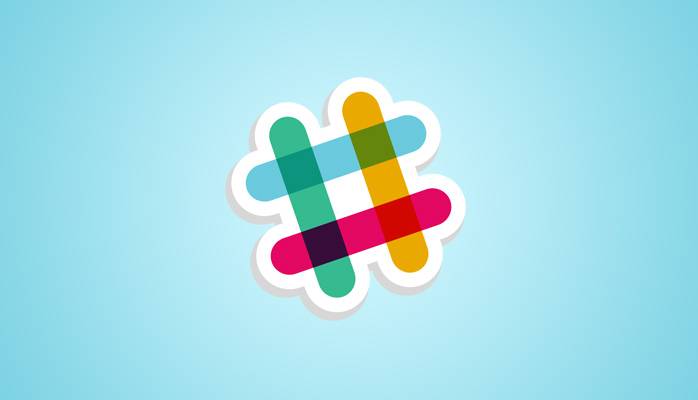Everyone uses hashtags but do you know how to use them effectively?
Hashtags were first introduced back in 2009 and quickly became popular on Twitter. Initially they were used for “tweet chats” but today, they are used for so much more such as reaching your target market, get your content to go viral and improving your SEO.
As a marketer, there are many ways that you can take advantage of hashtags to help get traffic, boost sales and increase conversions. Here are the four main strategies when it comes to hashtags:
- #Branding
- #Campaigns
- #Trending
- #Content
1. #Branding
A brand hashtag can be defined as you company name or your company tagline, for example, #KingKong.
Your brand hashtag should be unique to your business but should also definite it. This should be your signature tag and the one you use the most often.
When it comes to creating a brand hashtag, keep it short and sweet and also try to keep it unique. You may also want to search for your chosen hashtag on social media before confirming it just to make sure it isn’t already taken or that it doesn’t have any negative connotations.
A good example of a hashtag is from the chocolate bar, KitKat. Their brand hashtag is their tagline “#haveabreak” and it is used across all of their social media platforms.
One thing to note with this hashtag however is that “have a break” can be used in many other contexts and upon searching for it, not all the posts are related to the chocolate bar. While it is important to have a unique hashtag you may have to weigh up the pros and cons of using your tagline.
2. #Campaigns
Your campaign hashtag is a unique tag that is made for your specific marketing campaigns, for example, #KingKongWinterDeal.
This hashtag should promote your campaign and help users to quickly know the premise of what you are offering.
This hashtag can be used for all types of marketing campaigns and competitions and the idea is you want followers to use it to engage and interact with the campaign, or to sign up for your competition.
A good example of this is from the Home Depot int he USA. They used the hashtag #HDgameday and ran a photo contest of bucket drumming to celebrate the start of college football season. This meant that whenever anyone posted an image or tweet showing bucket drumming they used the hashtag. This helped the campaign to go viral and to reach a wider audience.
3. #Trending
As the name suggests, a trending hashtag is a topic that has become viral and is being most talked about across the web. Both Twitter and Facebook usually highlight the popular hashtags of the moment in their sidebar panel.
Keeping up to date with the trends are important as you can maximise them to help promote your business. When you see a trend that relates to your company in some way, use the relevant hashtag and watch how your following will soar.
Just be mindful here, spamming Twitter trends can get your account banned, so do it in good taste and try to keep it all relevant.
If you want to use other popular hashtags you can also use the service Statigram or Hashtags.org to find out what hashtags are currently trending.
A good example of using trending hashtags is the popular #TBT or “Throw Back Thursday.” This hashtag is consistently popular on a Thursday and can be used to share old photos, memories and more.
4. #Content
Content hashtags are the tags you use in your posts. They are not branded and not used to define your business or what is trending. Instead they are common tags that relate to the content of your post.
The sole purpose if using content hashtags is that they help improve the SEO of your posts and allow people who are searching for the hashtag to stumble across your website.
There are a few categories of common, searchable hashtags such as products like #NiveaMoisturiser, lifestyle factors like #Paleo, events like #GrandFinal and locations like #BoraBora.
A good example of this is posting #coffee in your tweet promoting your article about ‘The Morning Cup of Coffee’. This helps other people searching for coffee to see your comment and perhaps click on your content.
Another good strategy here is to engage with other people who use similar hashtags as you and perhaps even retweet, comment or share their content to get more viewers to your site.
As you can see hashtags are more than just a pop culture trend, they are valuable ways to help brand your business and your marketing campaigns, reach out to relevant and trending topics, and help enhance your SEO and content promotion.
Try using hashtags next time you tweet or share content online and see if it can help your business to boost traffic and sales.

Hey!
It looks like you're browsing in . Would you like to switch over to the website?